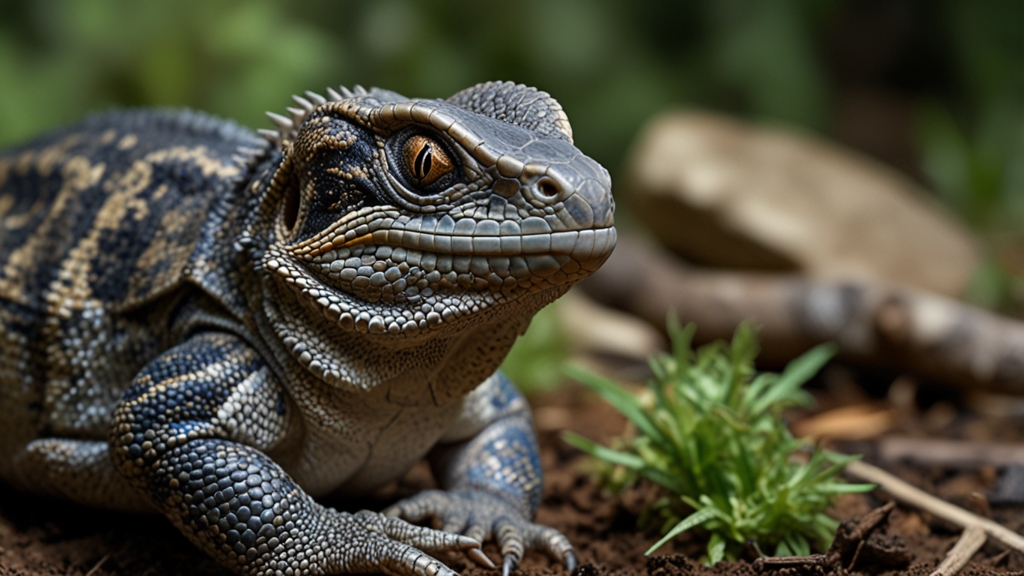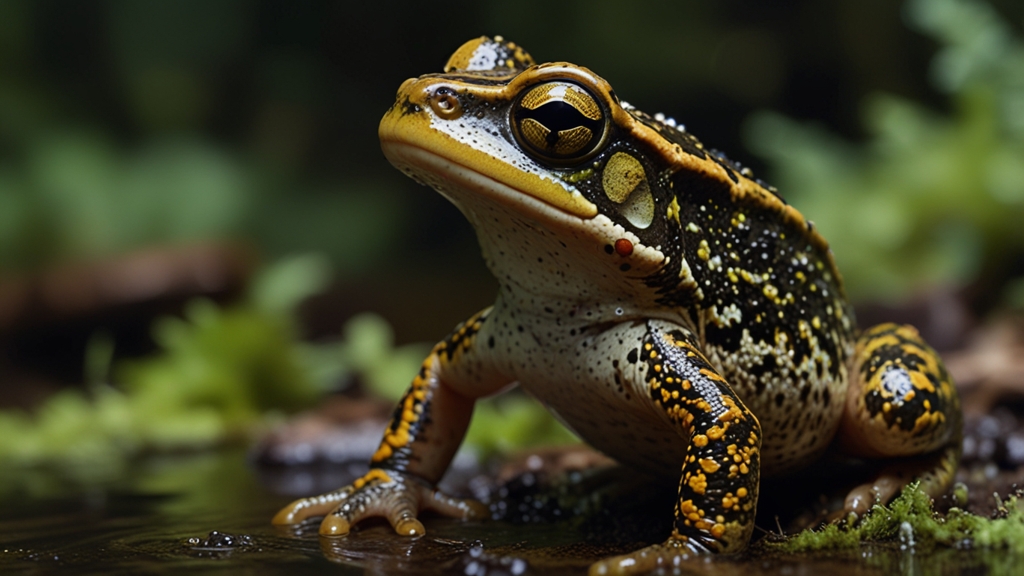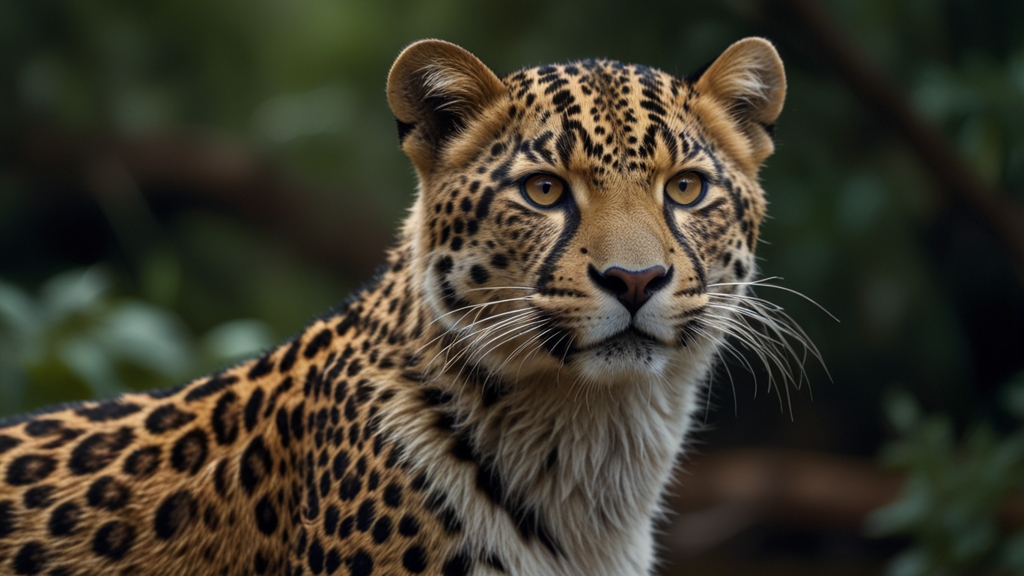Reptile Relationships: How These Creatures Mate and Raise Young
Reptiles are a diverse group of animals, ranging from the agile lizards and stealthy snakes to the majestic turtles and imposing crocodiles. They inhabit a wide array of environments and, as a result, have developed numerous intriguing mating behaviors and reproductive strategies. Unlike mammals and birds, reptile relationships and parenting methods often surprise and captivate researchers. This article delves into how these fascinating creatures mate and nurture their young.
Mating Rituals and Strategies
Reptile mating rituals can be as varied as the species themselves. Some reptiles engage in elaborate courtship displays and fierce battles to win mates, while others exhibit more subtle approaches. In many instances, male reptiles must demonstrate their fitness and prowess to attract females.
For example, certain lizard species such as the Anolis lizards exhibit head-bobbing and dewlap displays to attract potential mates. These displays are not just mere show but serve as indicators of the male’s health and genetic quality. The intensity and frequency of the displays can significantly influence a female's choice.
The Galápagos tortoises partake in a slow-motion dance where males engage in neck extending displays and gentle nudging.
Snakes, on the other hand, often rely on pheromones, chemical signals that indicate readiness to mate. Male garter snakes can detect and follow a female's pheromone trail, leading to a rendezvous and subsequent mating. In some species, males engage in combat or "wrestling" to gain access to a female, pushing and intertwining with each other in a display of strength and stamina.
Nesting and Egg Laying
After successful mating, many reptiles lay eggs, although there are exceptions like some species of snakes and lizards which give live birth. Nesting behavior varies widely among reptiles. Some are meticulous in creating secure nesting sites, while others adopt a more laissez-faire approach.
Crocodiles and many turtle species are known for their diligent nesting efforts. Female crocodiles, for instance, seek out safe spots near water to deposit their eggs, which they subsequently cover with vegetation and soil to ensure optimal incubation conditions. Mother crocodiles are notably vigilant, often guarding their nests fiercely against predators.
Female sea turtles undertake arduous journeys, sometimes traveling thousands of miles to return to the very beaches where they were hatched to lay their eggs.
Lizards and snakes generally exhibit less parental investment post-egg-laying. Many of them bury their eggs in the ground or hide them in crevices, relying on environmental conditions to provide the necessary warmth for incubation.
Raising the Young
The level of parental care in reptiles can vary from total abandonment post-egg-laying to extensive parental involvement. Generally, reptiles are not known for their nurturing behavior, but there are notable exceptions.
The American alligator exemplifies exceptional parental care in the reptile world. Female alligators not only guard their nests but also assist their hatchlings to water after they emerge. They are known to carry the young in their mouths to safer locations and will fiercely protect them from predators in the early stages of their lives.
Crocodiles also exhibit dual parental care where both male and female sometimes partake in guarding and taking care of the young. Such parental investment ensures higher survival rates for the offspring in their precarious early life stages.
In contrast, most snake species abandon their eggs or young; the hatchlings are born fully independent and must fend for themselves from birth.
Communal nesting is another interesting phenomenon observed in some reptiles, such as certain gecko species. By laying their eggs in a communal nest, the chances of individual egg survival increase due to the sheer number of eggs overwhelming potential predators.
Conclusion
Reptile relationships and reproductive strategies are as varied and fascinating as the creatures themselves. From intricate courtship rituals and fierce competitions to meticulous nesting and varying degrees of parental care, these unique behaviors highlight the adaptability and survival instincts of reptiles. Despite their often-cold-blooded reputations, many reptiles exhibit surprising levels of care and investment in ensuring the survival of their offspring, making them a captivating subject for both researchers and enthusiasts alike.













